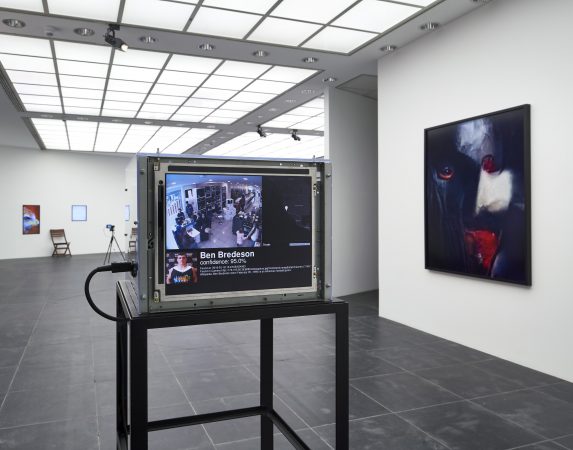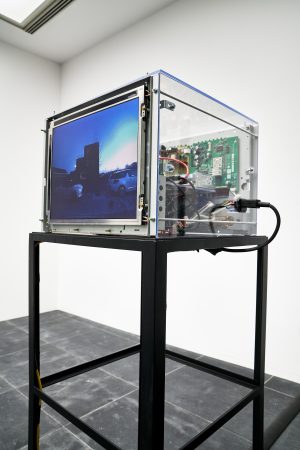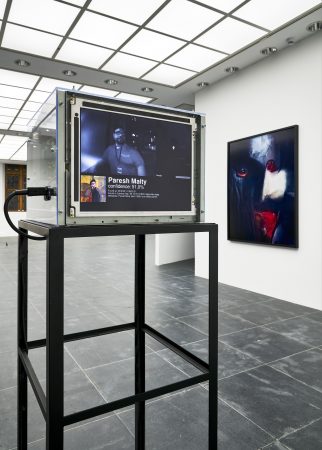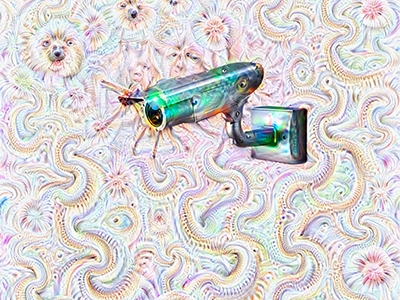Dries Depoorter
Surveillance Paparazzi, 2018
Acrylic glass box, engraved, with LED, wires and monitors
100 x 50 x 10 cm
Courtesy of the artist
Dries Depoorter’s Surveillance Paparazzi thematises the phenomenon of global surveillance in public space. The work taps into various surveillance cameras worldwide that record and transmit unencrypted images. It was possible to hack into these cameras via the Internet so that live recordings of stores, entryways, and public spaces could be directly integrated into the work.
When Depoorter’s software recognises publicly known persons, with the help of Microsoft’s Azure Computer Vision API, the image becomes visible in real-time within the exhibition. Surveillance Paparazzi’s monitors then show the name of the VIP, the live image, an official image from Wikipedia, and the corresponding GPS location on a world map.
Automated facial recognition software and ‘information crawlers’ increasingly read our search requests, uploaded image files, text info, and saved profiles. They trace collective behaviour patterns and generate behavioural predictions in order to both systematise commercial evaluations as well as to regulate and manipulate macro-processes in the greater infrastructure.
Belgian artist Dries Depoorter (b. 1991) lives and works in Ghent (BE), where he studied Media Arts at the Royal Academy of Fine Arts. Most of his work deals with online identity, privacy and surveillance on the internet.




